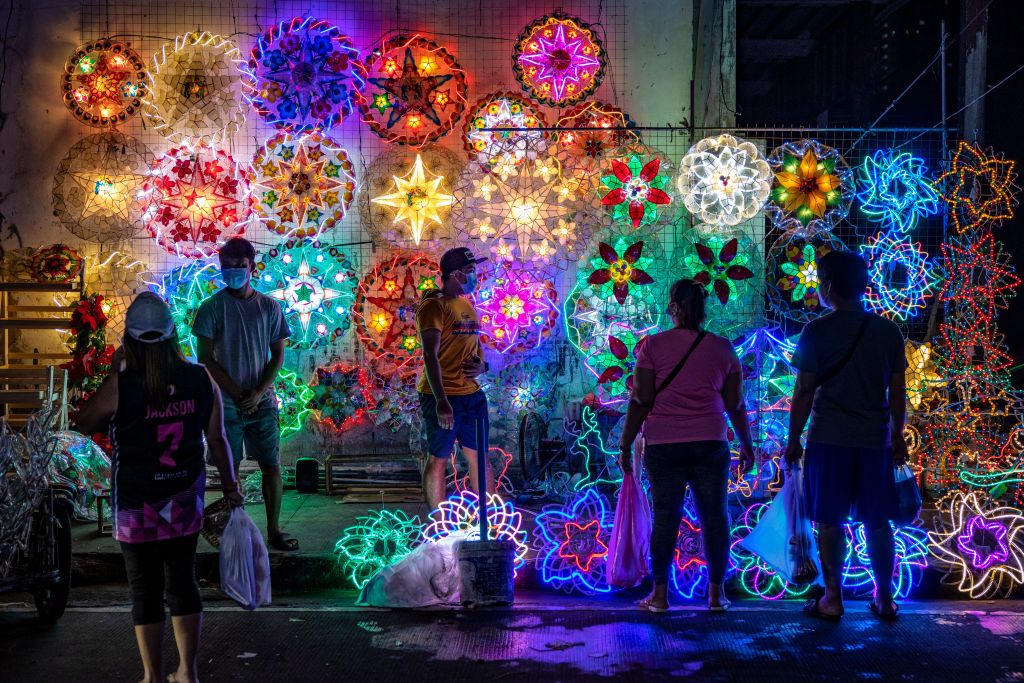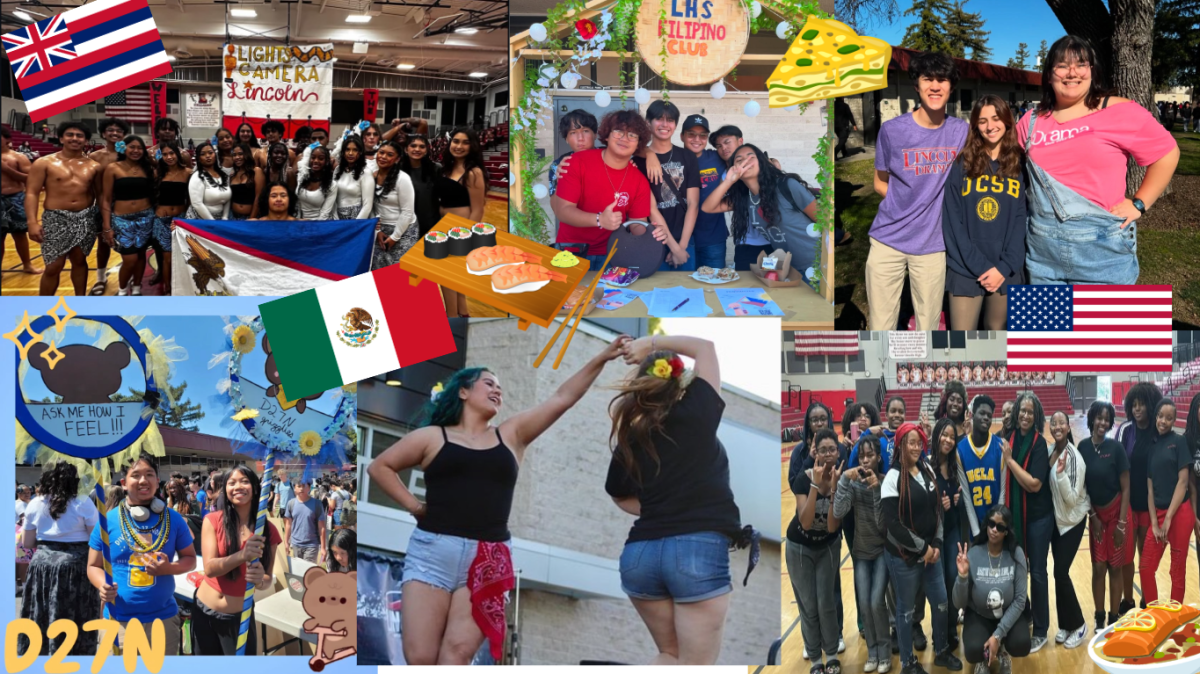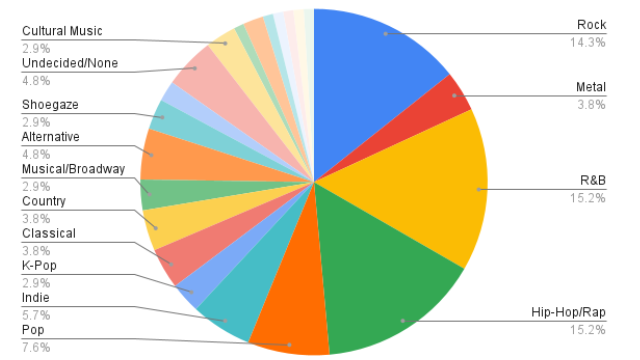STOCKTON: As someone who was born in the Philippines and carried a Filipino passport until 2012, I’d say that I have a decent grasp over how Christmas in the Philippines—called Pasko—is celebrated. Being home to the largest number of Christians in Southeast Asia, with over 86 million faithful according to statista.com as of 2010, the Philippines is likewise home to a large number and diverse collection of Christmas traditions.
One of the most common things people tend to bring up when talking about Christmas in the Philippines is how it starts a whole three months earlier. Instead of Black Friday marking the start of the Christmas season over here, it’s the first day of September over there. Depending on who you ask, you’ll get different explanations as to how and why this practice developed. Some chalk it up to the machinations of shrewd businessmen who wanted to line their pockets during the holidays. Others insist that it came as a natural result of Filipinos’ concern for and love of family and community. By starting the holiday season earlier, people have more reason to get together that way. In any case, the upshot of starting the Christmas season earlier than what’s usual here in the US is largely the same: family gatherings, holiday discounts, and radios being practically converted into Christmas jukeboxes.
The parol, a lantern traditionally made of bamboo and lit by carbide lights whose origins lie in the Spanish tradition of carrying candles and torches into church, is another trademark of Pasko. As a kid, I remember going to Seafood City—a Filipino grocery store in Sacramento—and strolling through its aisles with these gorgeous, luminous parols flanking my vision. I also remember that, during every November from 2015 to 2019, my family and I would receive packages containing DIY parol kits from my aunts and uncles in the Philippines. I’ve lost them now, though I reckon that making one from scratch wouldn’t be too hard. But I digress. When the Christmas season starts, parols are pretty much a ubiquitous sight, especially during the Simbang Gabi, meaning “Night Mass” in English. This tradition involves going to church for nine days straight. In essence, it’s the Filipino version of a novena, adapted for Christmas time. Services begin on the 16th of December, while the last one takes place on Christmas Eve. Like parols, the Simbang Gabi is something that Filipinos inherited from the Spanish, namely, the Catholic tradition of the Misa de Gallo, which is celebrated in not only Spain but in much of Latin America, too. Unlike the other traditions of Pasko, I wasn’t particularly fond of the Simbang Gabi when I was growing up. I have memories of having to wake up as early as 3:00 AM just to go to church on Christmas Eve where I’d try my best to stay awake through the homily. The only perk—the one thing that I love about the Simbang Gabi—are the carols that are sung near the end of the service. They’ve always made it worth it at the end.
Like I said earlier, traditions vary by region and province. My family hails from the Bicol Region, whose cultural hub, the city of Legazpi, gave birth to the tradition of Bulilit Pastores, or “young shepherds”. It’s a performance that reenacts the Nativity of Jesus as described in the Bible, focusing on the three shepherds who bore witness to Jesus’ birth. Sets are adorned to the brim with flowers and vibrantly colored fabrics that are made locally, with purple and yellow silk being popular choices. Though I’ve never seen a showing of Bulilit myself, my cousins always tell me that it’s something everyone’s got to experience, so I’ve put it in my bucket list for when I go back to the Philippines. In the Visayan province of Cebu, the 2nd largest in the Philippines behind only the National Capital Region, is another trove of Christmas traditions. Cebu is famous for, among other things, its roasted pigs, or, as it’s known in the Philippines, lechon. Unlike beef—which is either too expensive, hard to find, or both—pork is plentiful and fatty. For these reasons, lechon tends to be the centerpiece of many Christmas feasts in the Philippines. When you walk into the dining room of a Filipino household during Pasko, you’re bound to see a golden brown pig surrounded by plates and bowls of pineapple-glazed ham, lumpia shanghai, queso de bola, leche flan, bibingka cake, and fruit salad. It’s literally impossible to leave a Christmas party in the Philippines with an empty stomach. The Christmas spirit among Filipinos is something I’ve always wished we had more of here. To me, it’s always meant a time of family, togetherness, and good fun.









